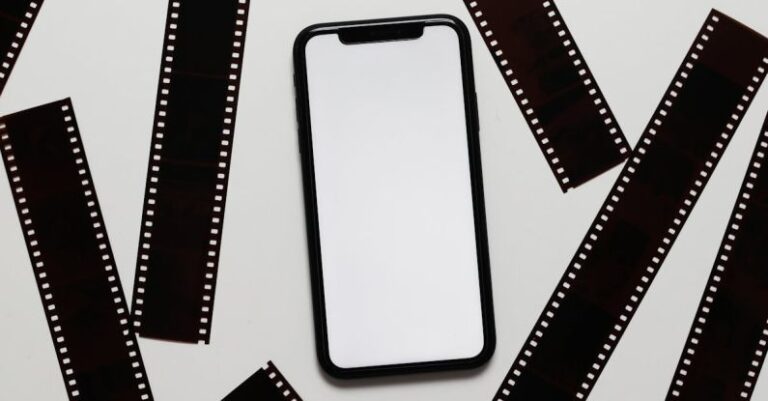How Does Digital Media Shape Visual Communication

The Impact of Digital Media on Visual Communication
In today’s digital age, visual communication has evolved significantly with the rise of various digital media platforms. The way we communicate visually has been transformed by the advancements in technology, enabling us to convey messages more effectively and engage audiences in new and innovative ways. From social media to websites, digital media plays a crucial role in shaping how we perceive and interact with visual content.
The Power of Visual Elements in Digital Media
Visual elements such as images, videos, infographics, and animations are key components of digital media that enhance communication by making content more engaging and memorable. In the digital realm, attention spans are shorter, and visual content has the power to capture the audience’s interest quickly and effectively. Through the strategic use of images and videos, brands and individuals can convey their messages in a more compelling and impactful manner.
The Role of Social Media in Visual Communication
Social media platforms have revolutionized the way we communicate visually, providing a space for individuals and businesses to share images and videos with a global audience instantly. Platforms like Instagram, Facebook, and Pinterest have become hubs for visual storytelling, allowing users to curate their content and establish a unique visual identity. The visual nature of social media has also led to the rise of influencers and visual content creators who leverage digital media to build their personal brands and engage with followers.
The Influence of User-Generated Content
User-generated content has become a significant part of visual communication in the digital age, empowering individuals to create and share their visual stories with the world. Platforms like YouTube and TikTok have democratized content creation, allowing users to produce videos and animations that resonate with their audiences. User-generated content adds authenticity and relatability to visual communication, fostering a sense of community and connection among content creators and viewers.
The Evolution of Graphic Design in the Digital Era
Graphic design has been transformed by digital media, enabling designers to experiment with new styles, techniques, and tools to create visually stunning and dynamic content. The accessibility of design software and online resources has democratized graphic design, allowing aspiring designers to hone their skills and express their creativity. The integration of animation, interactive elements, and multimedia in graphic design has pushed the boundaries of visual communication, offering innovative ways to engage and captivate audiences.
The Importance of Visual Consistency Across Digital Platforms
Maintaining visual consistency across different digital platforms is crucial for building a strong brand identity and enhancing communication effectiveness. Consistent use of colors, fonts, imagery, and design elements helps audiences recognize and connect with a brand across various online channels. Visual consistency reinforces brand messaging and values, instilling trust and loyalty among consumers.
The Future of Visual Communication in the Digital Landscape
As technology continues to advance, the future of visual communication in the digital landscape holds endless possibilities. Virtual and augmented reality, artificial intelligence, and interactive media are shaping the way we experience visual content, offering immersive and personalized communication experiences. The integration of data visualization and visual storytelling will further enhance the way information is communicated, making complex concepts more accessible and engaging.
In conclusion, digital media has revolutionized visual communication, providing new avenues for creativity, expression, and engagement. The dynamic interplay between technology and visual elements continues to shape the way we communicate in the digital age, opening up exciting opportunities for individuals and brands to connect with audiences on a visual level. Embracing the power of digital media in visual communication is essential for staying relevant and impactful in an increasingly visual-centric world.





